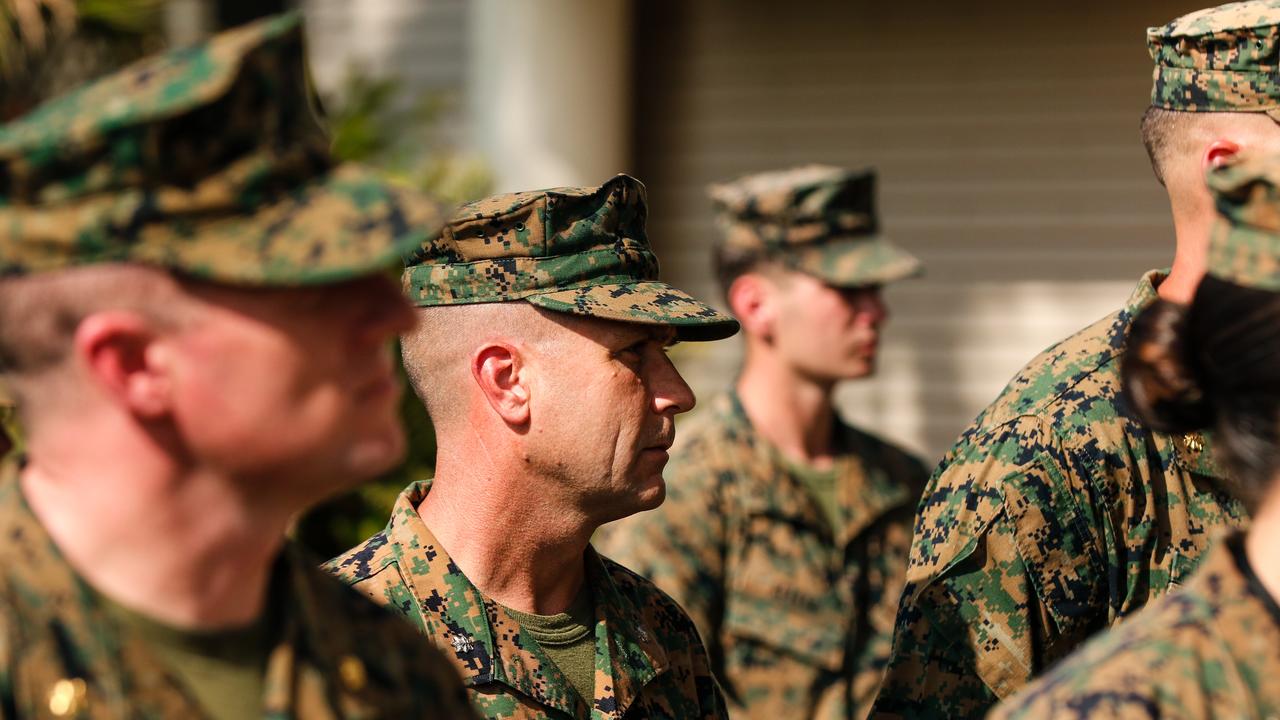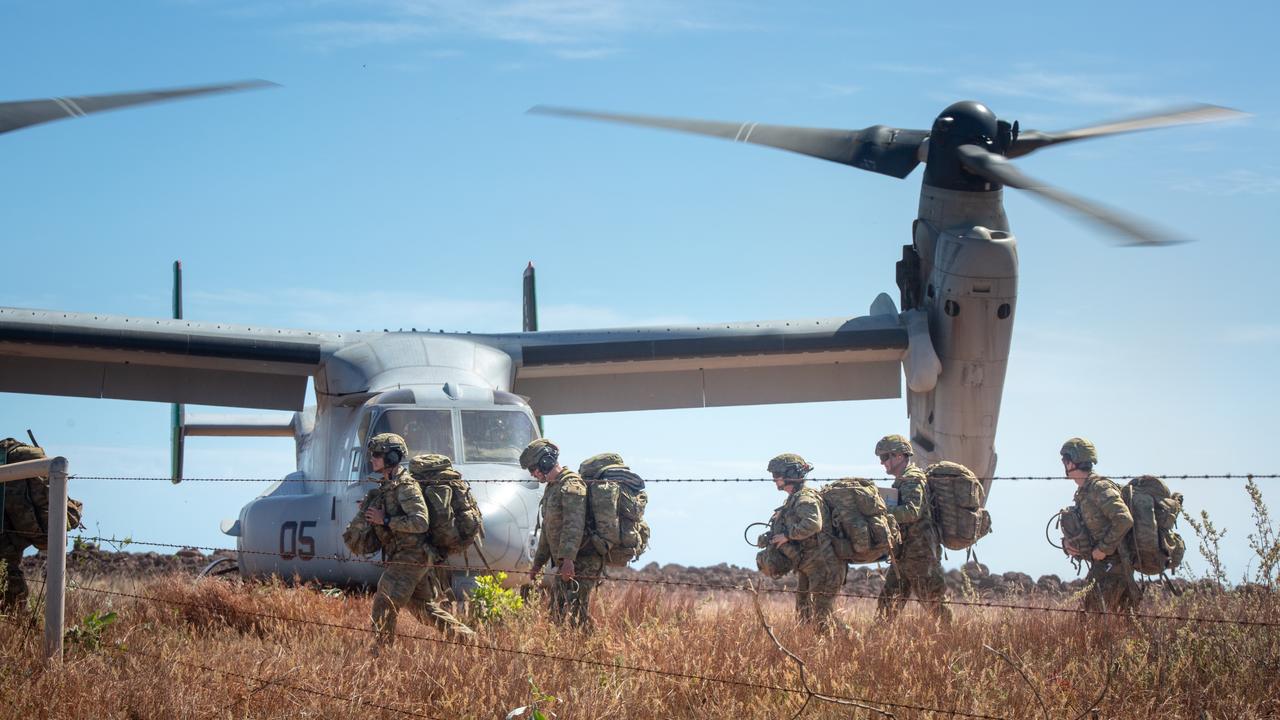
The Darwin jury declared in a unanimous verdict that Mr Long was not guilty to the single charge of having sexual intercourse without consent.
Over the three-day hearing, the jury heard the then 24-year-old had sex with a woman following a boozy pub crawl in Mitchell St in late 2023.
The jury heard the next day the hungover woman initially rejected his sexual advances as she was feeling sick.
However five minutes later, Mr Long again initiated foreplay and they then had sex.
Mr Long rejected the accusation that he was reckless, stating: “It was definitely consensual”.
“Her body language was showing it time and time again,” he said.
Defence Barrister Peter Maley accused the woman of “retrospectively withdrawing consent” saying she had “gone into victim mode”.




